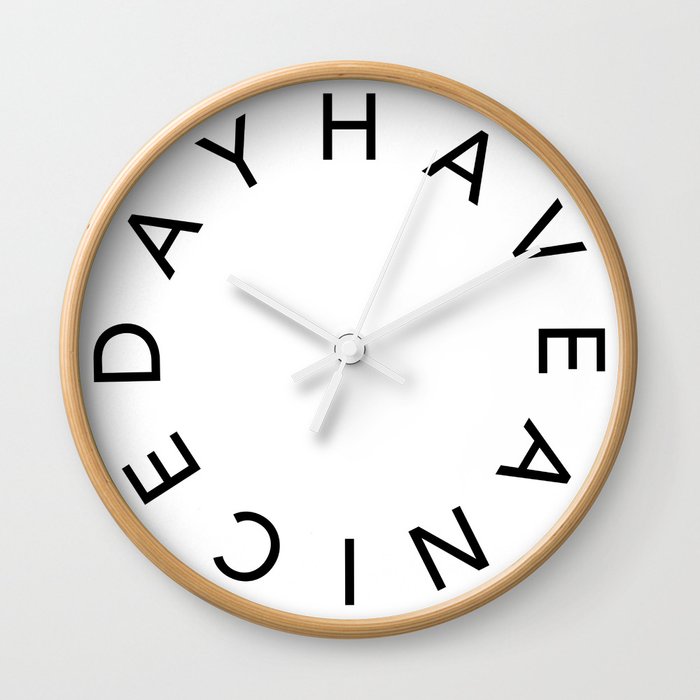
But any change can’t take effect unless Congress changes federal law.Īt least seven state legislatures have backed asking Congress to allow year-round daylight saving time in the past few years - and about 60% of California voters supported a ballot proposition in 2018 calling for such a move.Ī 2019 survey from the Associated Press-NORC Center for Public Affairs Research showed 4 in 10 Americans would like to see their clocks stay on standard time year-round, while about 3 in 10 prefer to stay on daylight saving time. Several other states have voiced their support or opposition to daylight saving time. It would have made daylight saving time permanent across the country. Marco Rubio renewed his call for the entire nation to save daylight all year round.
#An image of a nice clock showing daylight saving time how to#
RELATED: Daylight saving time 2022: How to prepare your body for the time changeĭaylight saving time, or DST, was formally introduced in the U.S. Ultimately, the goal of DST has been to conserve energy with more daylight during the hours when most people are active, although some studies have found little energy savings. It codified daylight saving time, although it has been periodically modified, particularly the start and end dates. It was again adopted in World War II.Īfter each war, Congress rescinded the national laws, but many people liked the extra hour of sunshine at the end of summer days, so some states and even cities observed daylight saving time while others kept standard time year-round.īy 1966, airlines and other clock-watching businesses became tired of such quirks and pushed Congress to pass the Uniform Time Act. By moving the clocks ahead an hour, backers believed the country could divert a bit of coal-fired electricity to the military instead of using it for an hour of home power. in 1918 as a way to create more sunlit hours when the weather is the warmest.ĭuring the long days of summer, the sun rose in some northern regions between 4 and 5 a.m., when most non-farmers were asleep. Department of Commerce, DST started in the U.S. How did daylight saving time start?Īccording to the U.S. were asked how tired they felt after daylight saving time was initiated, and 55% of respondents said they felt extremely or somewhat tired. In 2019, more than 2,000 adults in the U.S.

While the one-hour shift in time may seem minute, it can still cause sleep disruptions for some people and lead to a reduced quantity and quality of sleep. The new shift means the dawn's early light will break through later than it has during the months of standard time and the twilight's last gleaming will extend deeper into the evening. "Falling Back" occurs on the first Sunday in November. on the second Sunday in March - or March 13 in 2022. The " Spring Forward" clock shift occurs each year at 2 a.m. Here is a look at daylight saving time’s history: What is daylight saving time?

Every year, renewed calls to permanently get rid of the more-than-100-year-old practice surface in the weeks leading up to the change.


 0 kommentar(er)
0 kommentar(er)
